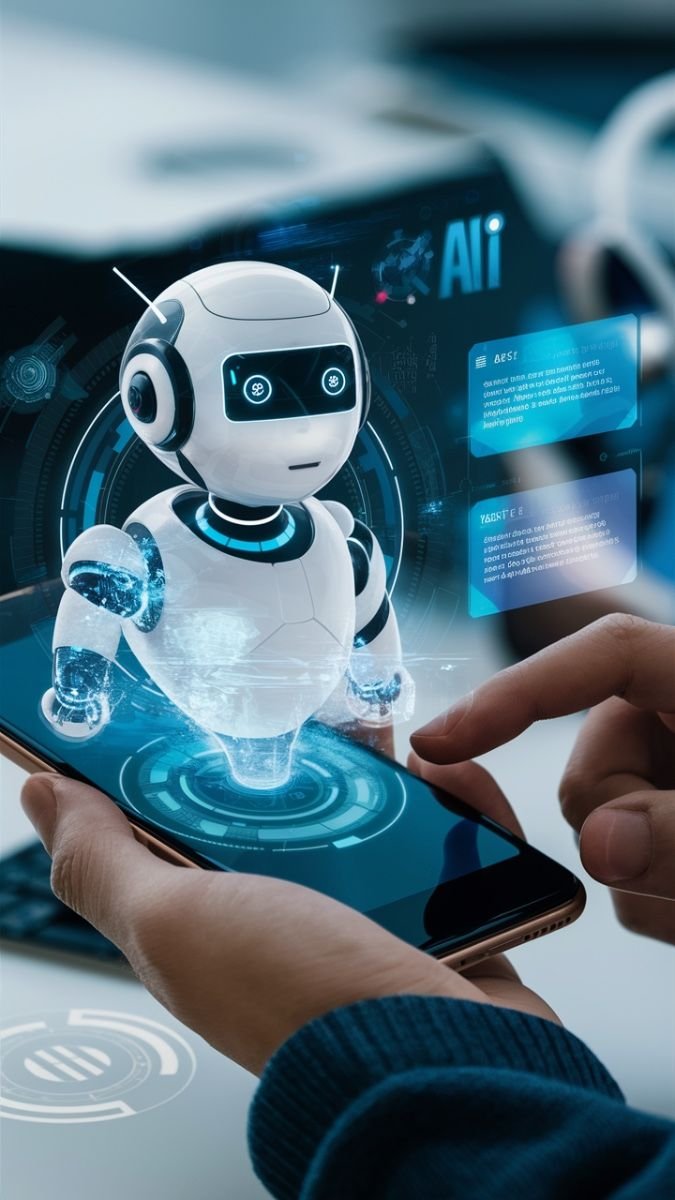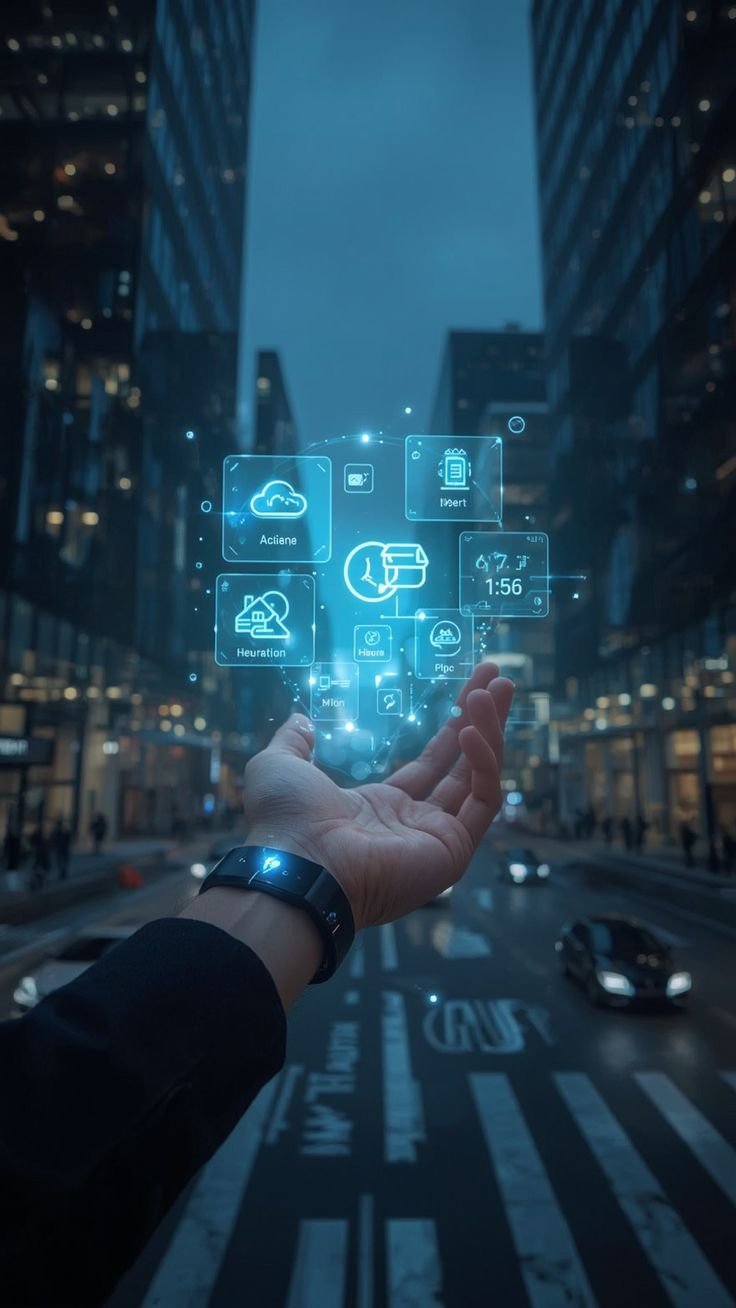From AI to Web3: FishersFind Breaks Down Today’s Biggest Tech Trends
The tech industry is undergoing a profound transformation, with emerging technologies reshaping every facet of how we work, interact, and live. From Artificial Intelligence (AI) to Web3, FishersFind explores the most significant trends dominating today’s technology landscape. This guide offers an up-to-date analysis of these developments, providing insights into their potential, applications, and future directions.
Artificial Intelligence: The Powerhouse of Innovation
AI has rapidly transitioned from a futuristic concept to an everyday necessity. With its ability to process massive amounts of data and automate complex tasks, AI is transforming industries like healthcare, finance, retail, and beyond. The evolution of machine learning algorithms, especially deep learning and natural language processing (NLP), has made it possible for AI systems to understand human behavior, predict trends, and offer personalized solutions.
Recent advancements in generative AI models, such as OpenAI’s GPT-4 and DALL·E, have raised the stakes. These models not only generate text but also images and video content, revolutionizing fields like content creation, marketing, and design. The continued refinement of AI is unlocking new possibilities in automation, customer service (through chatbots and virtual assistants), and even the creative arts, allowing businesses to innovate at a faster pace than ever before.
As we look forward, AI’s role in decision-making and its ethical considerations are also at the forefront of conversations. Companies are focusing on responsible AI use, emphasizing transparency, fairness, and accountability. This is crucial as AI becomes integrated into critical systems like healthcare diagnostics and legal frameworks, where any bias or error could have severe consequences.
Blockchain Technology and the Rise of Web3
Blockchain technology, the backbone of Web3, is fundamentally changing the way we think about ownership and security in the digital world. Unlike traditional systems where centralized authorities control data, blockchain offers a decentralized approach, ensuring that data is immutable, secure, and transparent.
Web3 is poised to revolutionize the internet as we know it, creating a decentralized ecosystem where users have more control over their data and digital assets. Cryptocurrencies, NFTs (Non-Fungible Tokens), and Decentralized Finance (DeFi) are just the beginning. In this new era, individuals no longer need to rely on intermediaries for transactions, which could potentially reduce costs and increase efficiency in several sectors, including finance, supply chain, and entertainment.
One of the most exciting aspects of Web3 is the opportunity it offers for digital ownership. NFTs, for example, have taken the art world by storm, allowing creators to monetize their work directly, bypassing traditional distribution channels. Similarly, the DeFi movement is making financial services like lending, borrowing, and trading more accessible and transparent, opening new avenues for financial inclusion.
As Web3 continues to mature, issues like scalability and environmental impact are being addressed through innovations like Ethereum 2.0, which aims to reduce energy consumption while improving transaction speed. The potential of Web3 to disrupt traditional business models is immense, and it’s clear that the future of the internet will be decentralized.
The Metaverse: Bridging Digital and Physical Realms
The Metaverse, a collective virtual shared space, is rapidly becoming a key area of interest for both tech companies and consumers. Built on the foundation of virtual reality (VR), augmented reality (AR), and blockchain technology, the Metaverse promises an immersive experience where users can interact, socialize, and transact in entirely new ways.
Meta (formerly Facebook) is at the forefront of this movement, pouring billions into its Metaverse development. While still in its infancy, the Metaverse is already showing potential in gaming, social networking, and virtual events. Industries are exploring ways to integrate the Metaverse into their business models, using it for virtual product launches, trade shows, and even creating fully virtual offices.
In 2025 and beyond, the Metaverse could also play a critical role in education and remote work. Imagine attending virtual classes with students from around the world or collaborating with colleagues in a fully immersive 3D workspace. For businesses, this presents an opportunity to engage with customers and partners in ways that are more interactive and engaging than traditional methods.
5G Connectivity: The Foundation for Future Tech
5G, the next generation of mobile network technology, is already changing the way we connect. With download speeds up to 100 times faster than 4G, 5G is enabling innovations across various industries, particularly those reliant on high-speed data and low-latency connections, such as autonomous vehicles, smart cities, and remote healthcare.
One of the most significant advantages of 5G is its ability to support the massive amounts of data generated by IoT (Internet of Things) devices. From connected appliances to wearable health monitors, 5G’s ultra-fast speeds and low latency make it the ideal technology to support the growing IoT ecosystem.
As more regions roll out 5G infrastructure, we expect to see advancements in augmented reality (AR) and virtual reality (VR), particularly in sectors like retail and entertainment. The faster and more reliable the connection, the more seamless the experience for users, whether they’re browsing virtual stores, attending live-streamed events, or enjoying immersive gaming.
Quantum Computing: Unlocking New Frontiers
Quantum computing, while still in its early stages, is set to push the boundaries of what’s possible in computing power. Unlike traditional computers that process information in binary (0s and 1s), quantum computers use quantum bits, or qubits, which can represent multiple states simultaneously. This ability to process vast amounts of data in parallel makes quantum computers capable of solving complex problems at speeds unimaginable with current technology.
While practical quantum computers are still being developed, the potential applications are staggering. From solving optimization problems in logistics to simulating molecular interactions for drug discovery, quantum computing could have a transformative impact on industries ranging from pharmaceuticals to artificial intelligence.
The major challenge for quantum computing is creating stable qubits that can function at scale. However, with advancements in quantum error correction and hardware development, it’s only a matter of time before this technology becomes a reality.
Conclusion: The Tech Trends That Will Shape Tomorrow
From AI’s expanding capabilities to Web3’s decentralization of the internet, these technology trends are more than just buzzwords – they represent a fundamental shift in how we interact with the digital world. While challenges remain, particularly around regulation, security, and scalability, the future of technology is undeniably exciting.
For businesses and individuals alike, staying ahead of these trends will be critical in the coming years. Embracing AI, exploring the potential of Web3, and investing in emerging technologies like the Metaverse, 5G, and quantum computing will open new opportunities for innovation and growth.
As we continue to break down these advancements, one thing is clear: technology is evolving at an unprecedented rate, and those who adapt will be well-positioned to thrive in the digital future.







